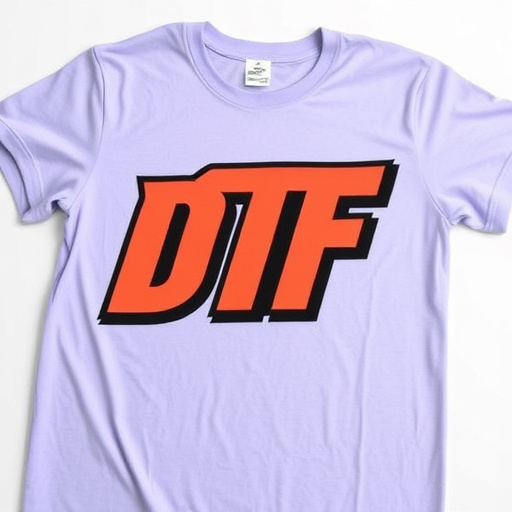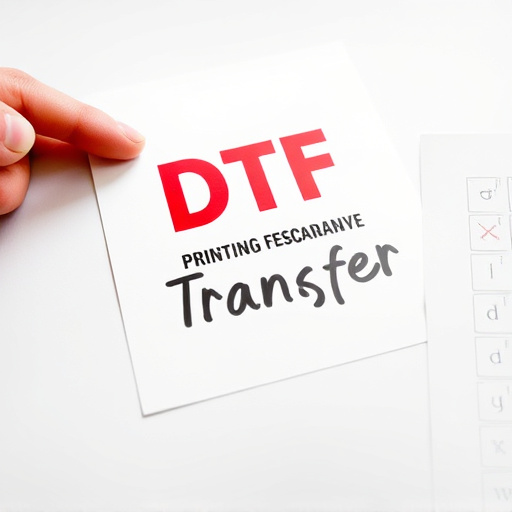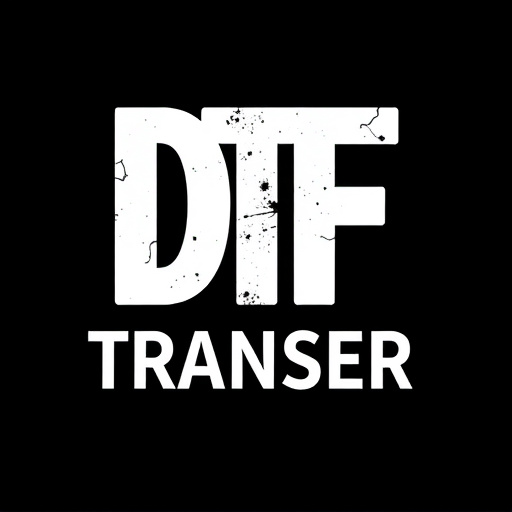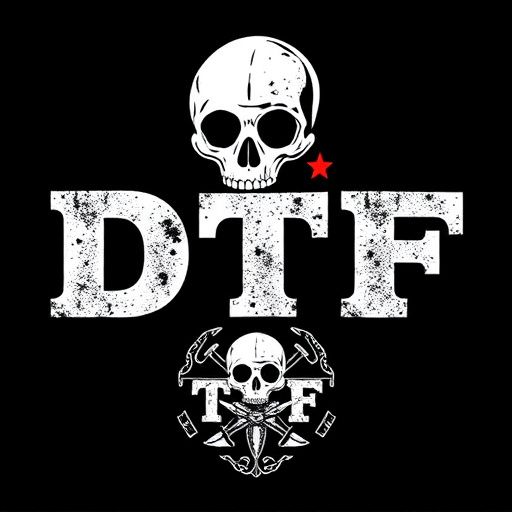Same-day DTF (Direct to Film) printing demands efficient workflow management for urgent jobs, emphasizing file preparation with specialized software, curing specifications, and organized gang sheet handling. Optimizing workflows through digital design tools, task prioritization, and advanced printing techniques ensures prompt delivery of high-quality custom apparel. In the competitive market, custom DTF gang sheets, optimized heat press settings, and automation software further enhance efficiency, reducing human error and boosting productivity.
In the dynamic world of print on demand, same-day DTF (Direct to Fabric) printing jobs present unique challenges. This article delves into streamlining workflows for these time-sensitive tasks, focusing on understanding the demands, optimizing processes, and employing tools that enhance efficiency and speed. By implementing effective strategies, print shops can meet the growing demand for swift, high-quality DTF printing while maintaining profitability. Discover practical insights tailored to elevate your same-day DTF printing services.
- Understanding Same-Day DTF Printing Demands
- Optimizing Workflows for Efficiency and Speed
- Tools and Strategies to Streamline the Process
Understanding Same-Day DTF Printing Demands
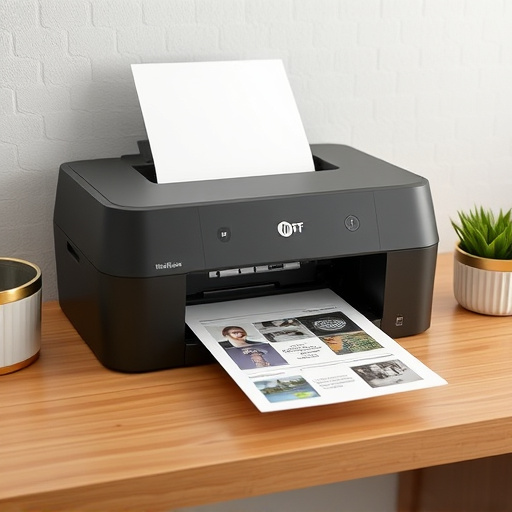
Same-day DTF (Direct to Film) printing is a fast-paced and demanding industry that requires efficient workflow management. When handling urgent print jobs, every minute counts, and meeting tight deadlines becomes paramount. This dynamic environment demands a deep understanding of the unique challenges presented by same-day DTF printing.
Print service providers must navigate a series of critical steps to ensure top-notch dtf print quality. The process involves preparing files using specialized software, ensuring they meet the specifications for the dtf curing process. A well-organized gang sheet builder, capable of handling multiple print jobs simultaneously, is essential to maximizing productivity and efficiently meeting the demands of diverse projects while maintaining consistent print quality.
Optimizing Workflows for Efficiency and Speed
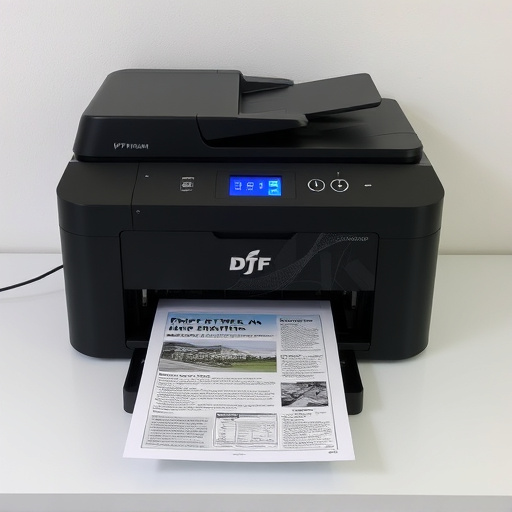
In the realm of same-day DTF (Direct to Fabric) printing, optimizing workflows is key to delivering high-quality custom DTF transfers on apparel promptly. Efficient processes ensure that orders are handled swiftly, from design input to final product. Streamlining involves a meticulous approach, where each step is carefully coordinated to eliminate bottlenecks and maximize productivity. For instance, implementing digital design tools that facilitate quick revisions and file preparations can drastically reduce turnaround time without compromising quality.
Additionally, prioritizing tasks based on urgency and allocating resources accordingly ensures that same-day jobs are given the attention they require. This might include setting up dedicated lines for rush orders, employing efficient printing techniques like DTF presses optimized for speed, and implementing a streamlined quality control process to catch any issues early in the workflow. The goal is to create a seamless, swift journey from customer order to final product, ensuring satisfied customers who receive their custom DTF apparel without delay.
Tools and Strategies to Streamline the Process
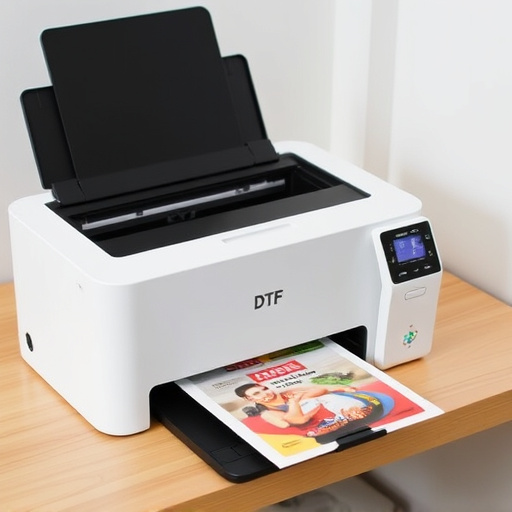
In the fast-paced world of same-day DTF (Direct to Fabric) printing, every minute counts. Streamlining your workflows is key to ensuring quick turnaround times without compromising on quality. The right tools and strategies can make a significant difference in this competitive market. One effective approach is to utilize custom DTF gang sheets, which allow for efficient organization and tracking of printing jobs. These sheets provide an at-a-glance view of each project’s status, from design to completion, ensuring no detail is missed.
Additionally, optimizing the DTF heat press settings is crucial. Pre-programmed profiles tailored for various fabrics and designs can speed up the printing process while maintaining consistency in results. Automation software that integrates with your printing machines can further enhance efficiency by automating repetitive tasks like plate preparation and curing times. This not only reduces human error but also enables operators to focus on more complex aspects of the DTF printing process, ultimately improving overall productivity.
Streamlining workflows is key to meeting the demanding pace of same-day DTF printing jobs. By understanding the unique requirements, optimizing processes, and leveraging efficient tools, print service providers can ensure timely deliveries without compromising quality. This approach not only enhances customer satisfaction but also fosters a competitive edge in the dynamic world of fast-turnaround printing.








